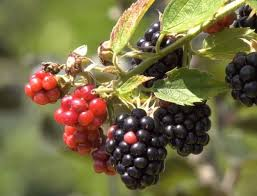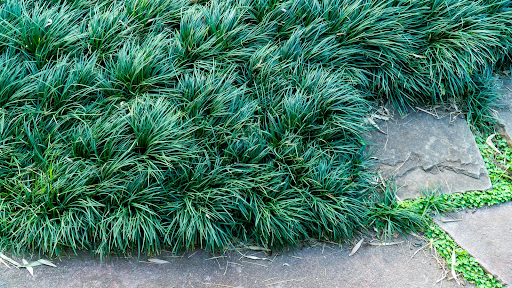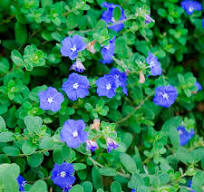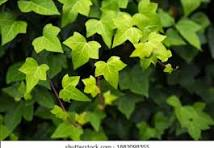Ornamental rooftop garden:
Rooftop gardening is one of the afforestation methods for urban greening.
Benefits of rooftop gardening:
- Reduce absorption of excessive solar energy, resulting in a significant energy saving for air-conditioning in a building.
- vegetation on the roof improves the prevailing dry climate in a city with humidification by their transpiration and also contributes to air purification
- it improves the physical environment and reduces the mental stress level in living spaces.
- an increase in biodiversity
Two types of rooftop gardening:
Intensive roof top gardening
Intensive green roof uses a planting ground with thick soil to enable many kinds of plants including trees to grow. To establish a thick soil layer on a rooftop, the rooftop foundation must be improved at great expense.
Extensive rooftop gardening
On the other hand, extensive green roof uses a planting ground with shallow and light substrates without significant structural alteration to the building. Only limited plant species can grow in the shallow soil or substrate layer with a little water holding capacity, so we must irrigate frequently. We have to select plants that have high drought tolerance.
Selection of substrate:
Peat
Composted manure
- Cotton gin trash
- Rice hulls
- Olive mill wastes
- Tree bark
- Urea formaldehyde resin foam
- Organic waste components (coarse coir, fine coir, composted green waste, almond hull and pistachio hull)
- Soil
- Leaf mold
- vermiculite
Substrate depth should be
less than 20cm.
Selection of plants:
Sedum middendorffianum
Allium senescens
Chrysanthemum zawadskii
Thymus serphyllum L
Fragaria × ananassa Duch.
Ophiopogon japonicus L










